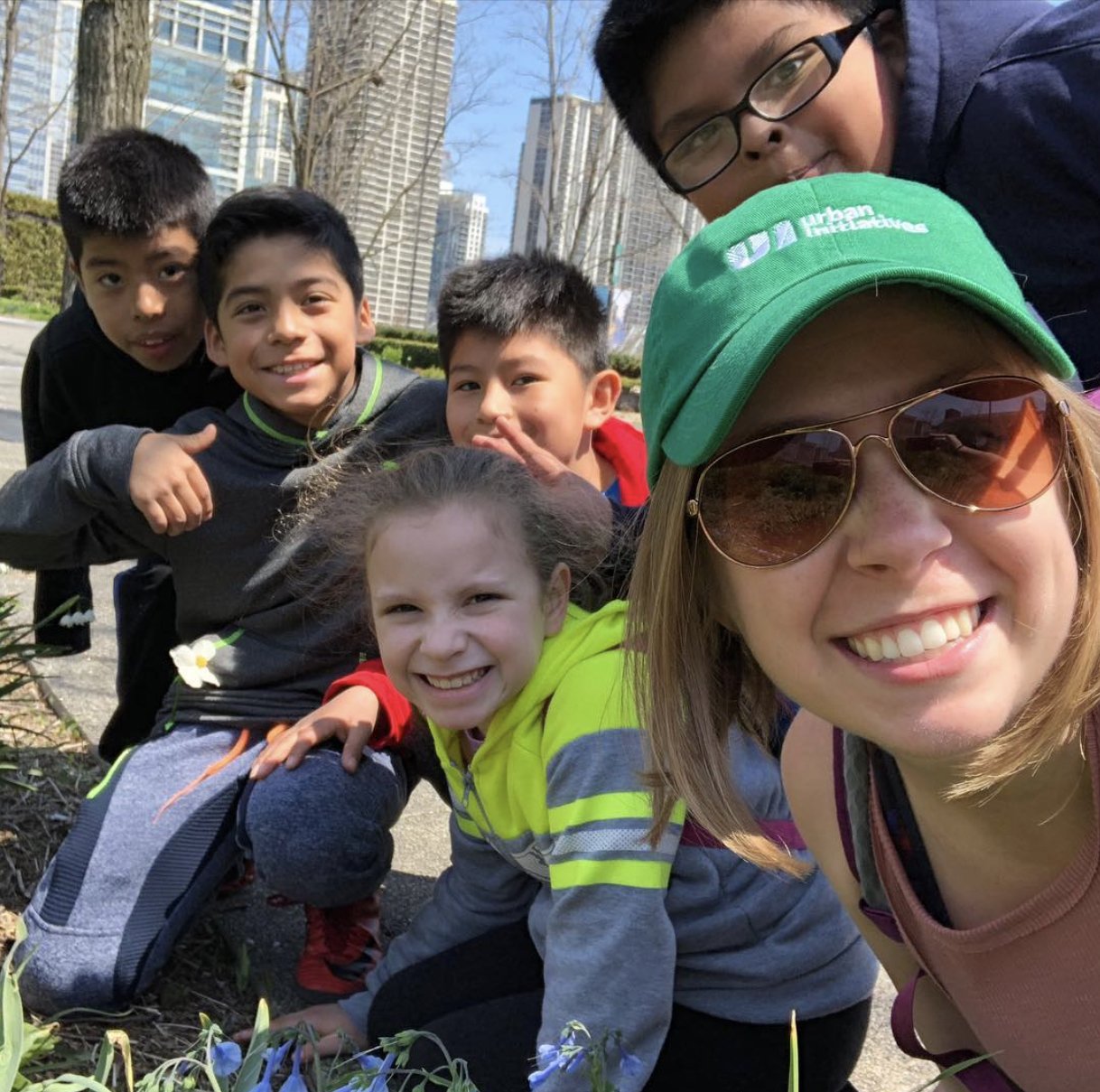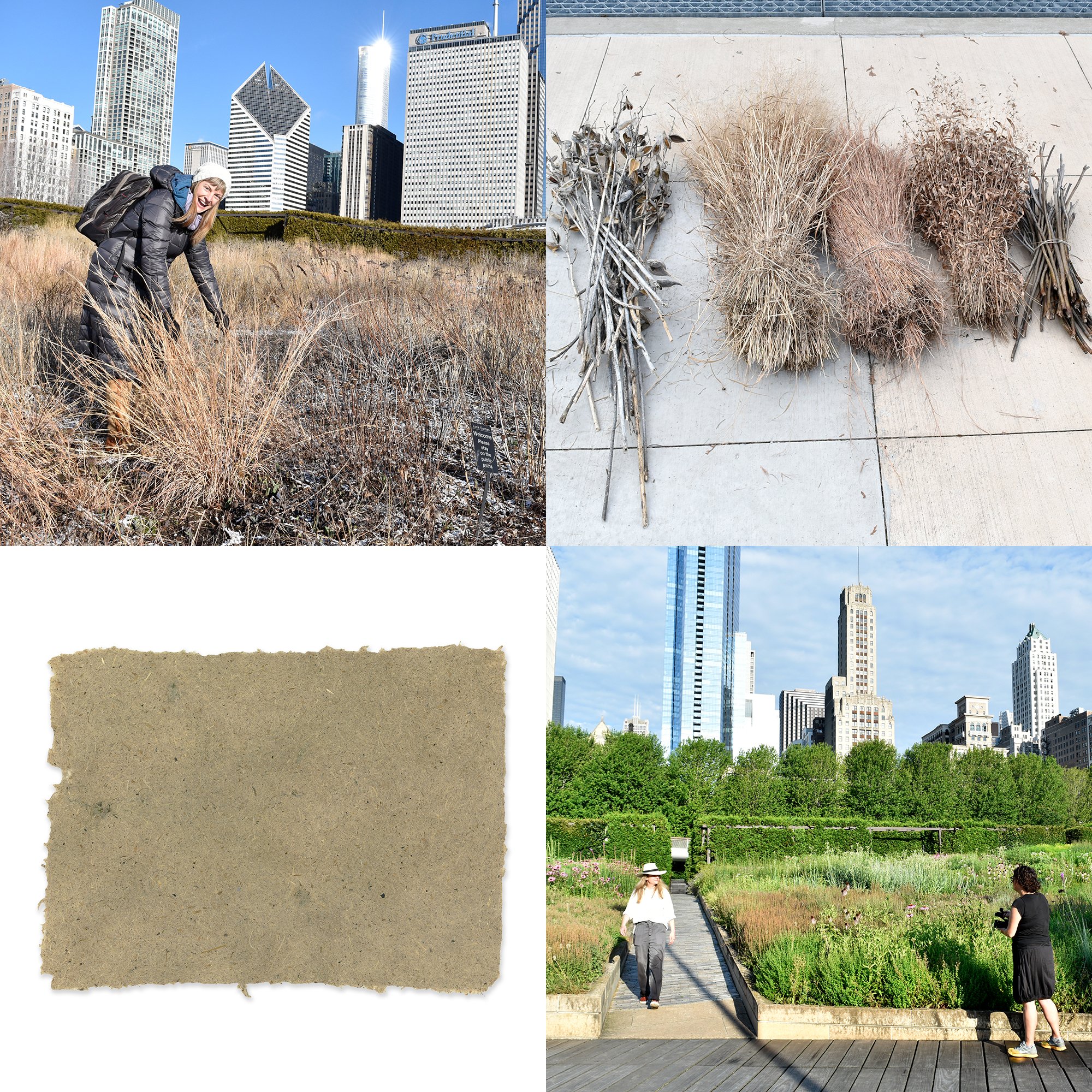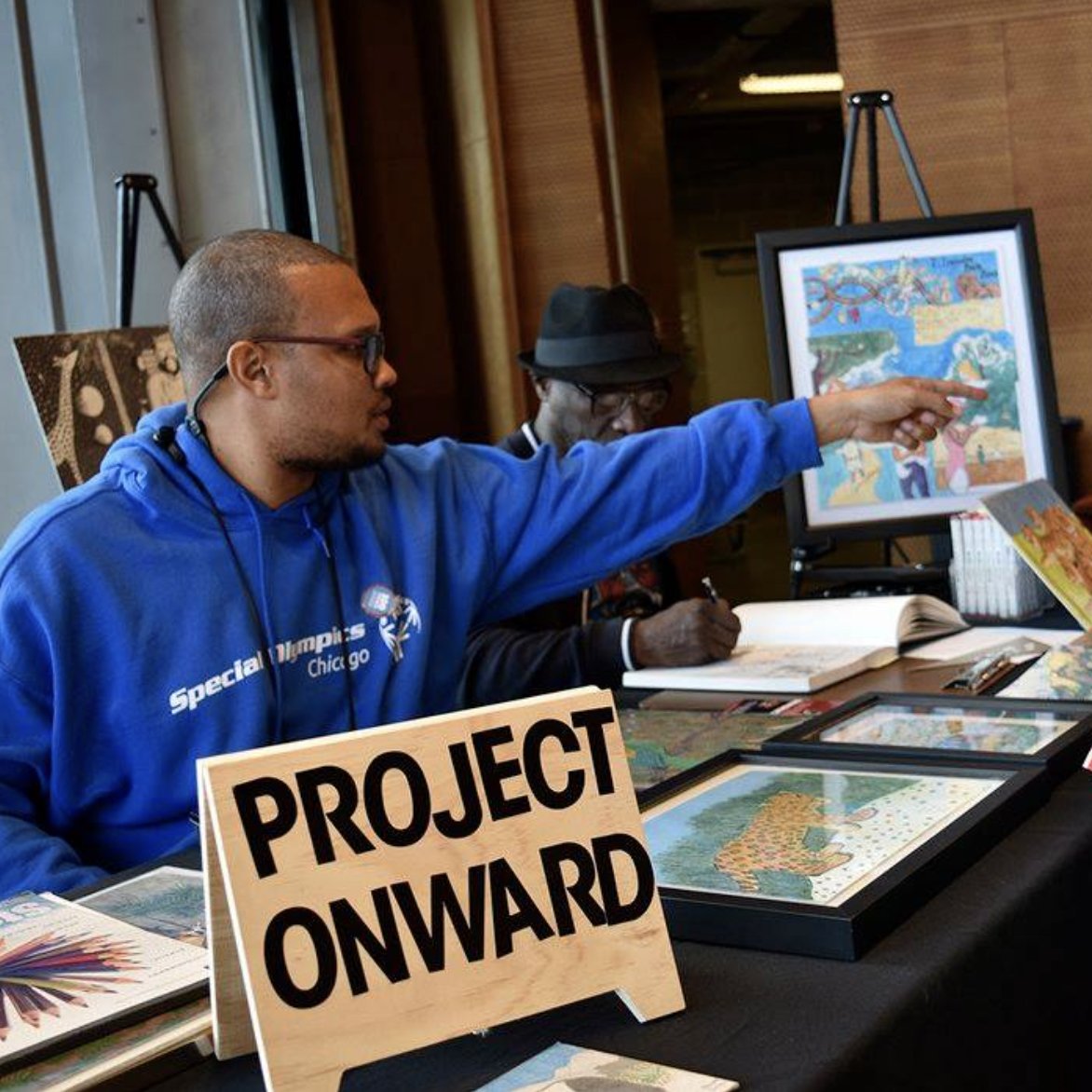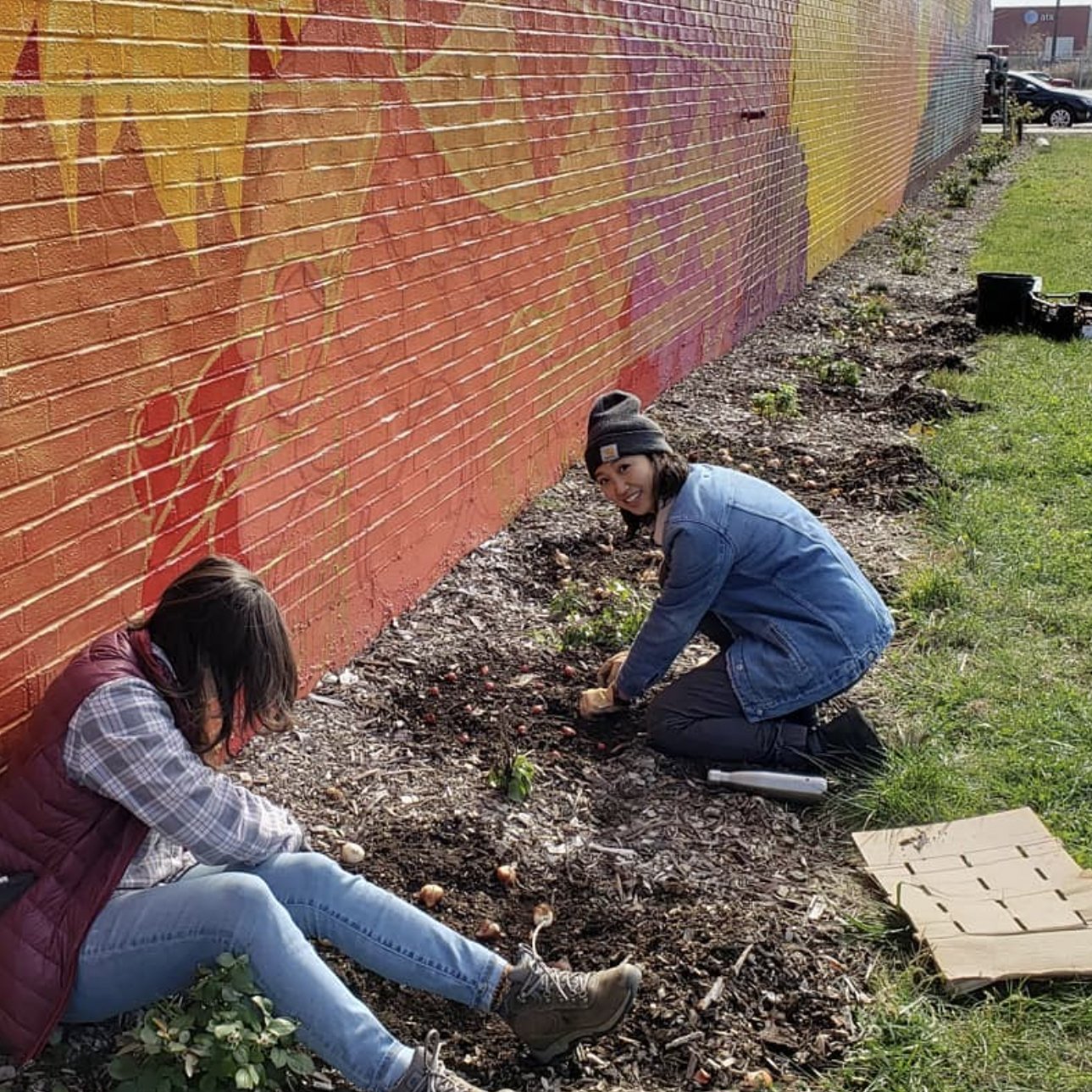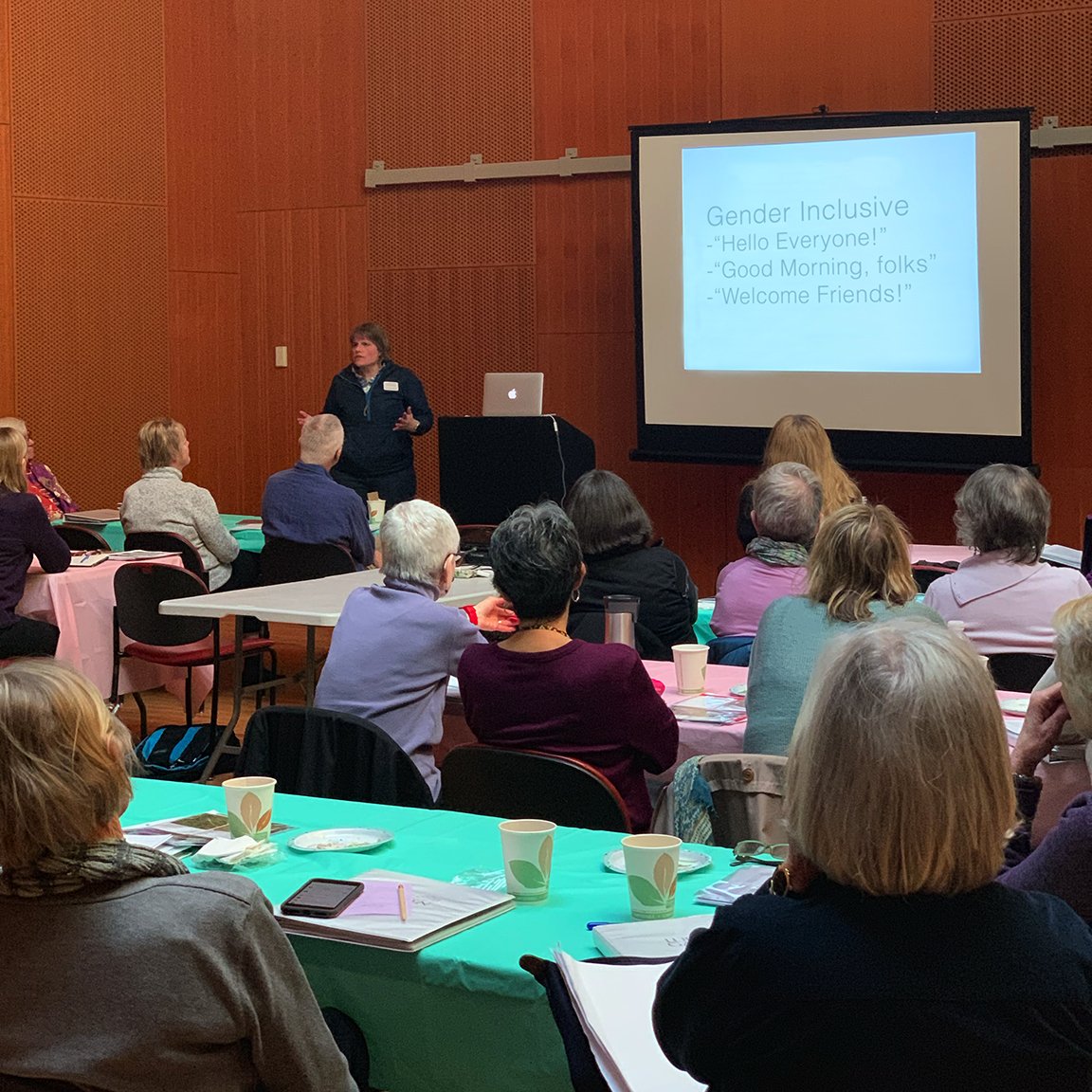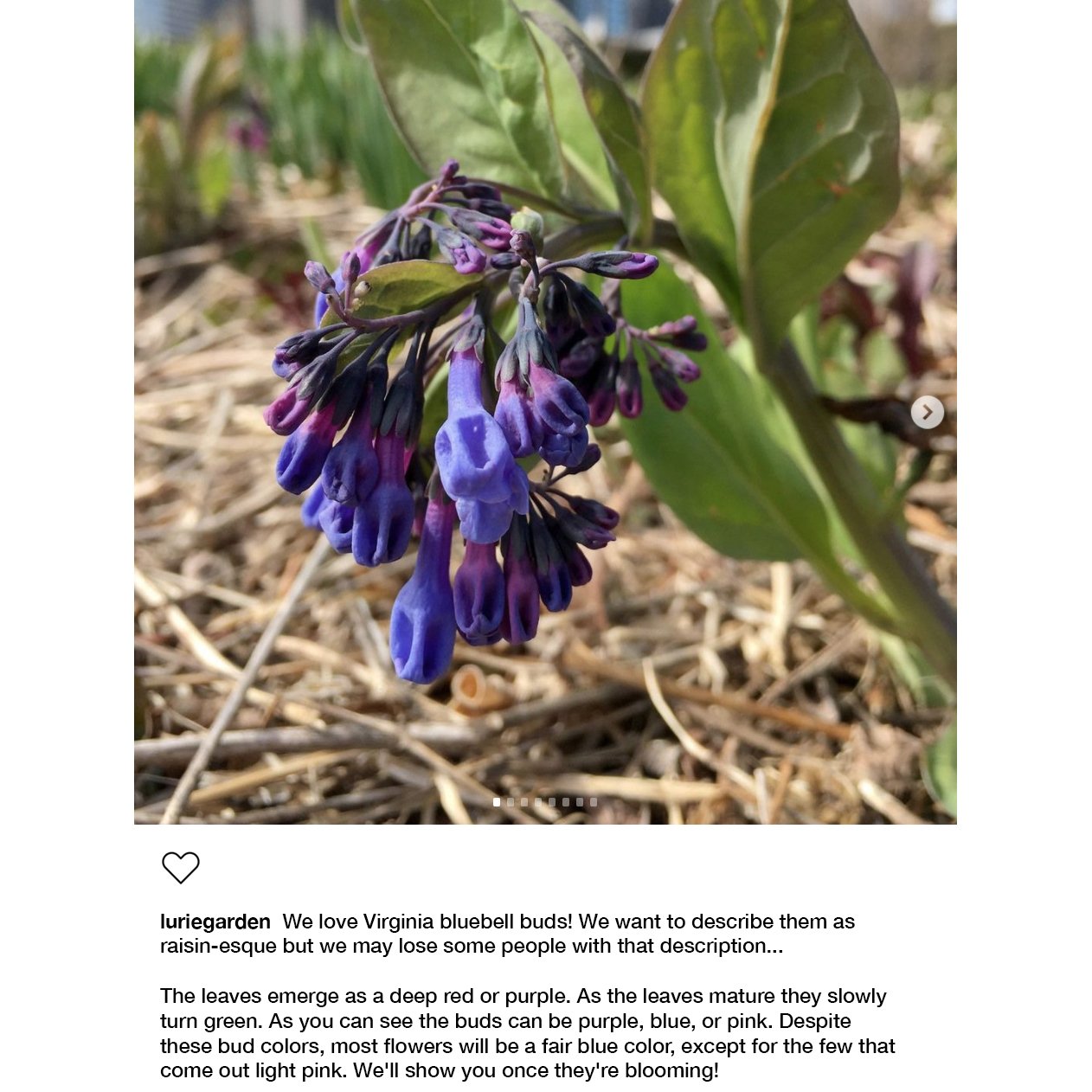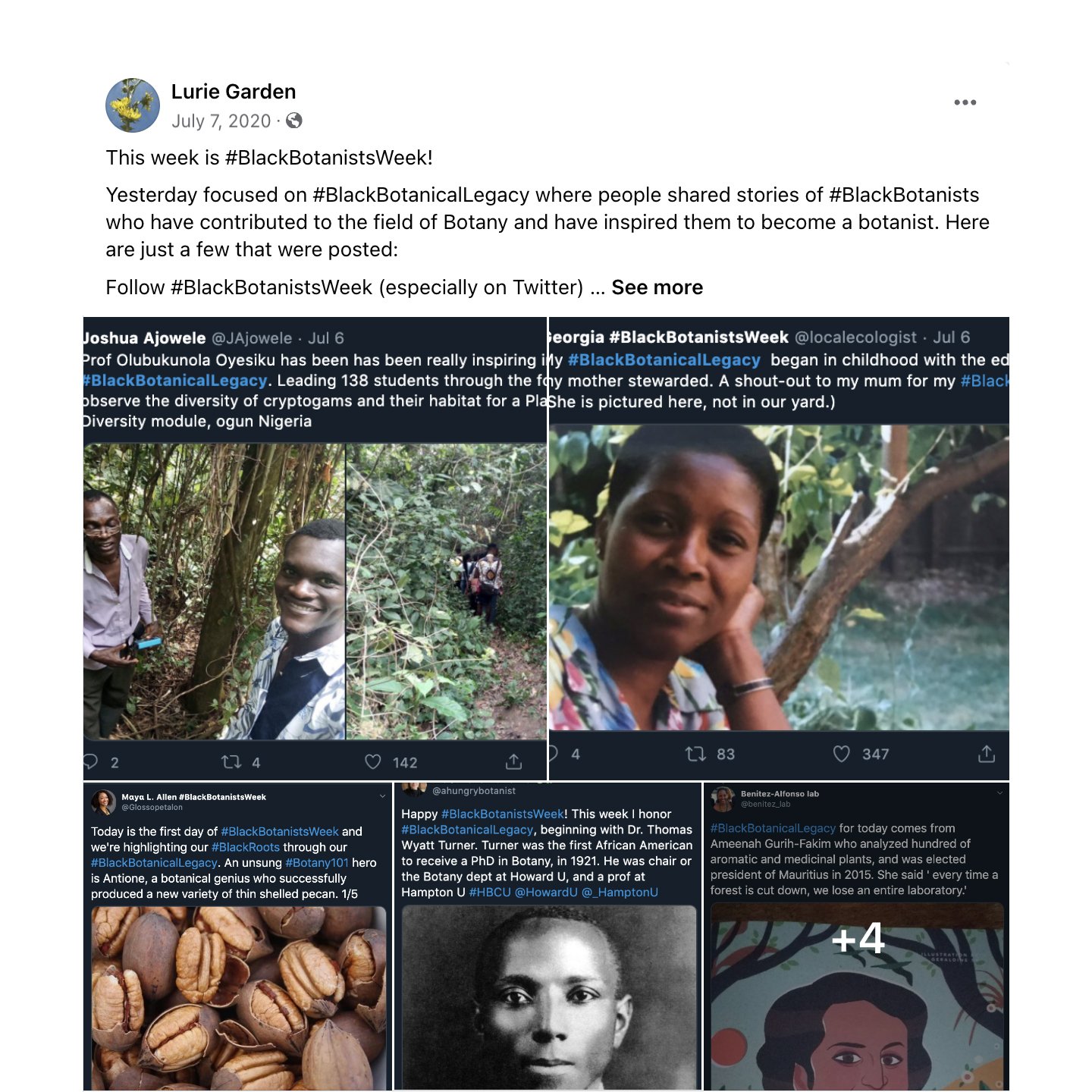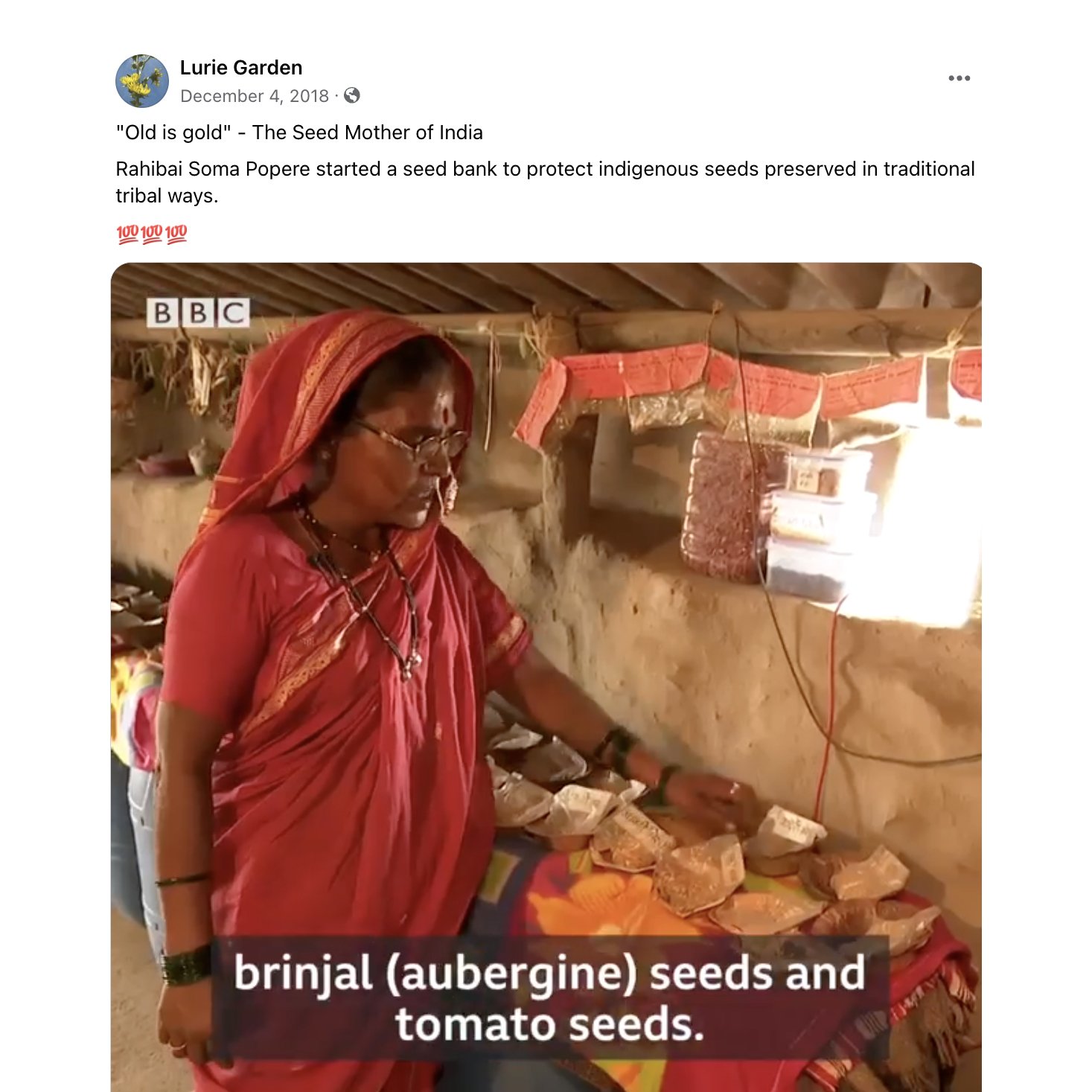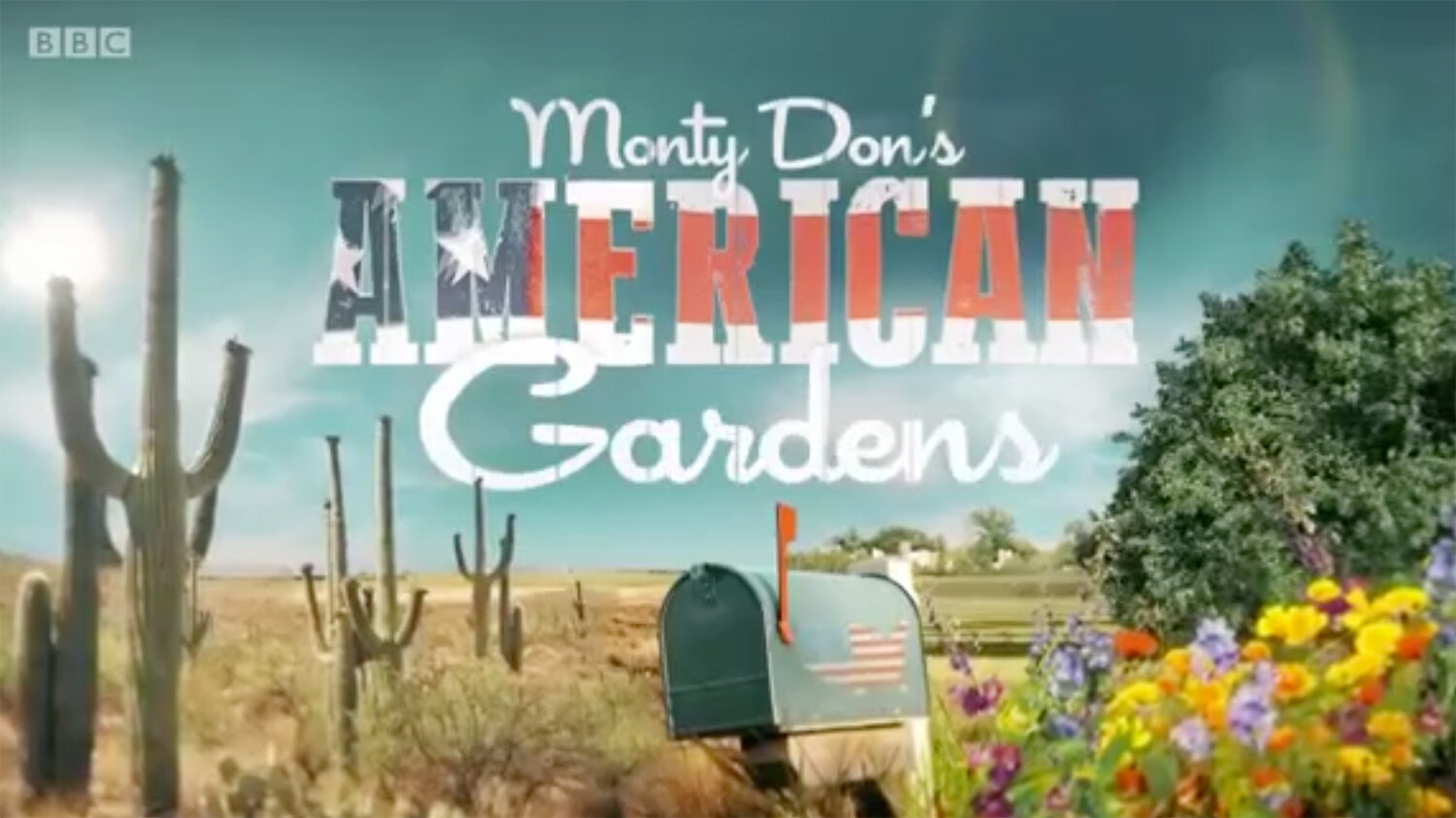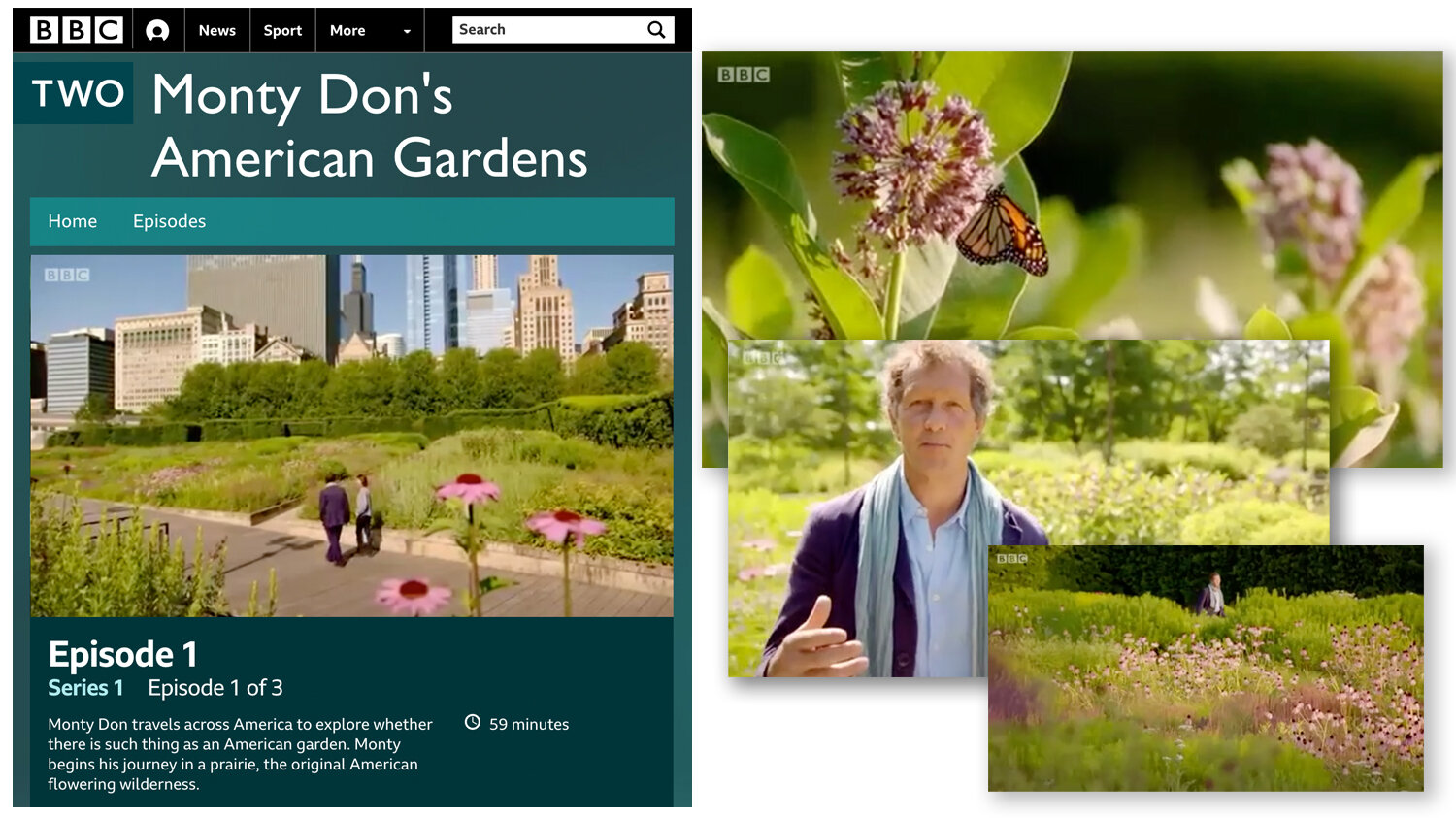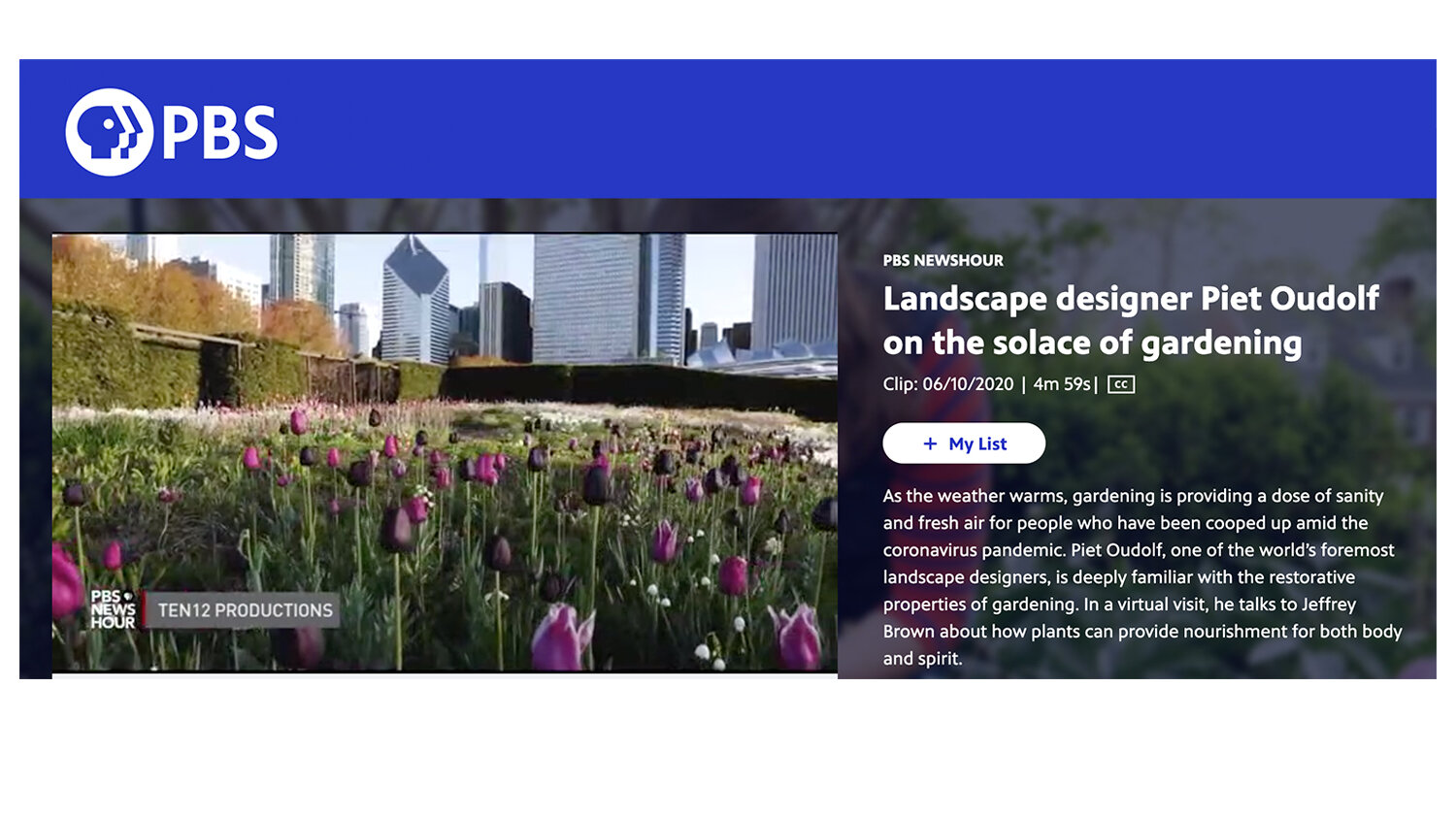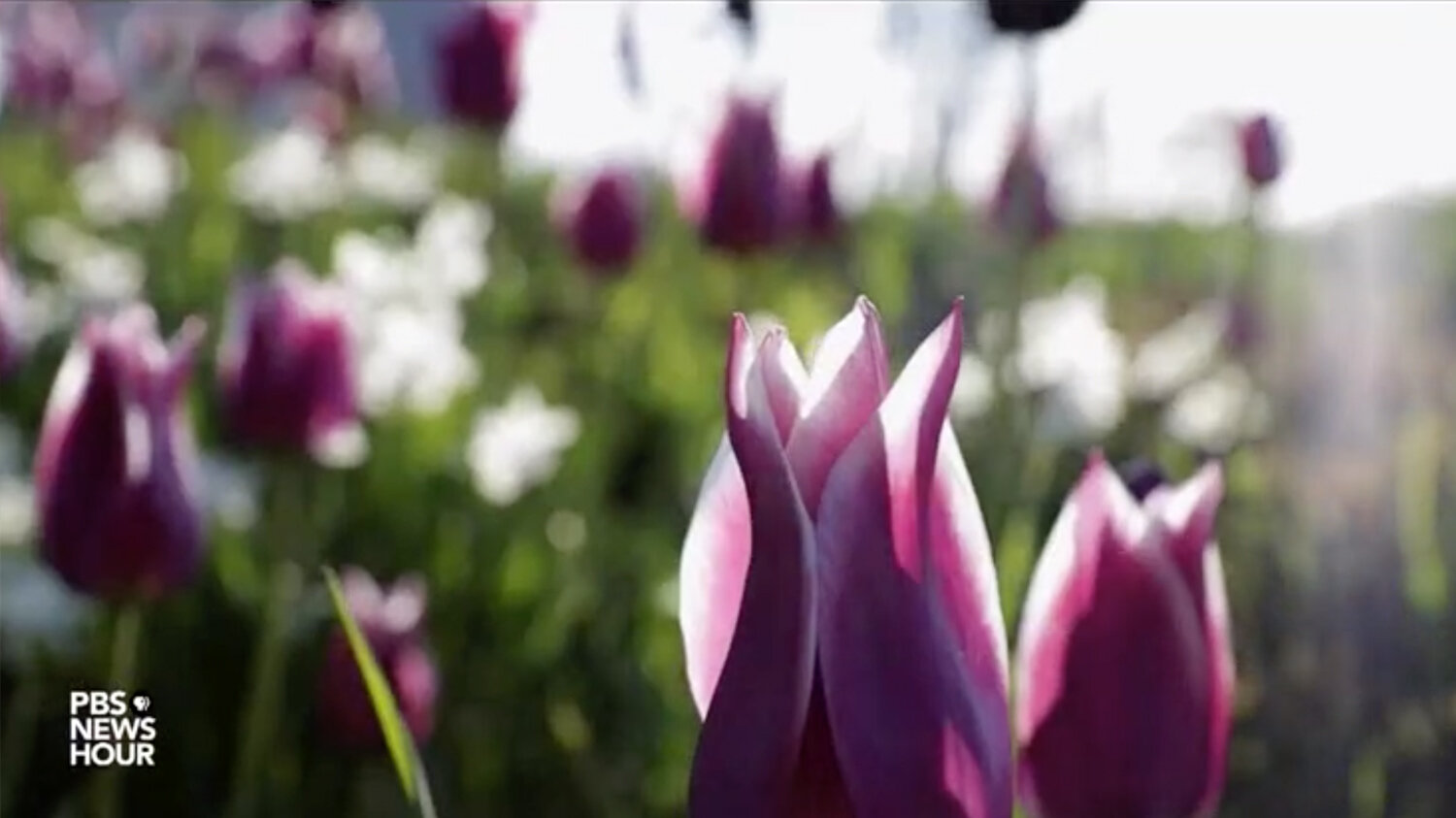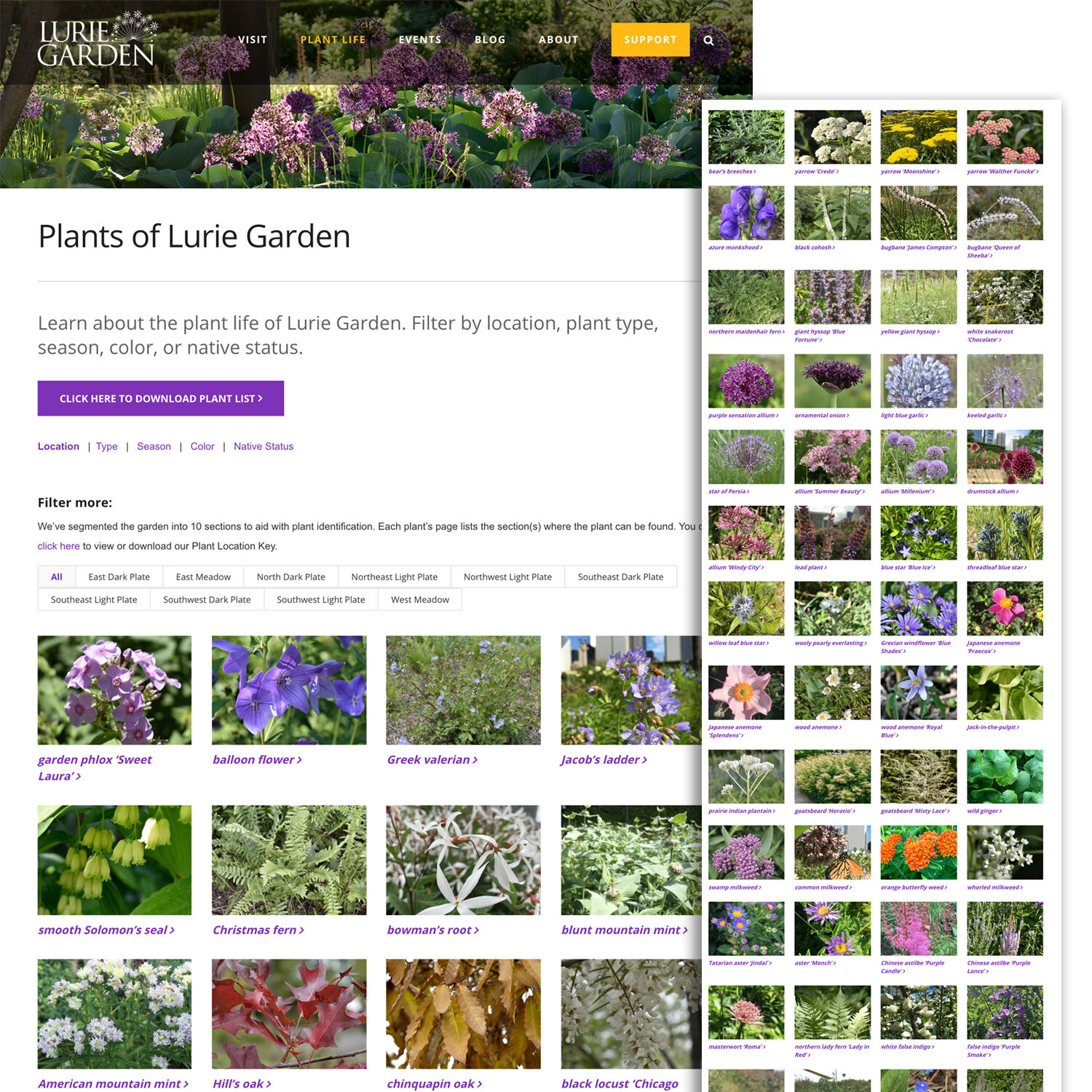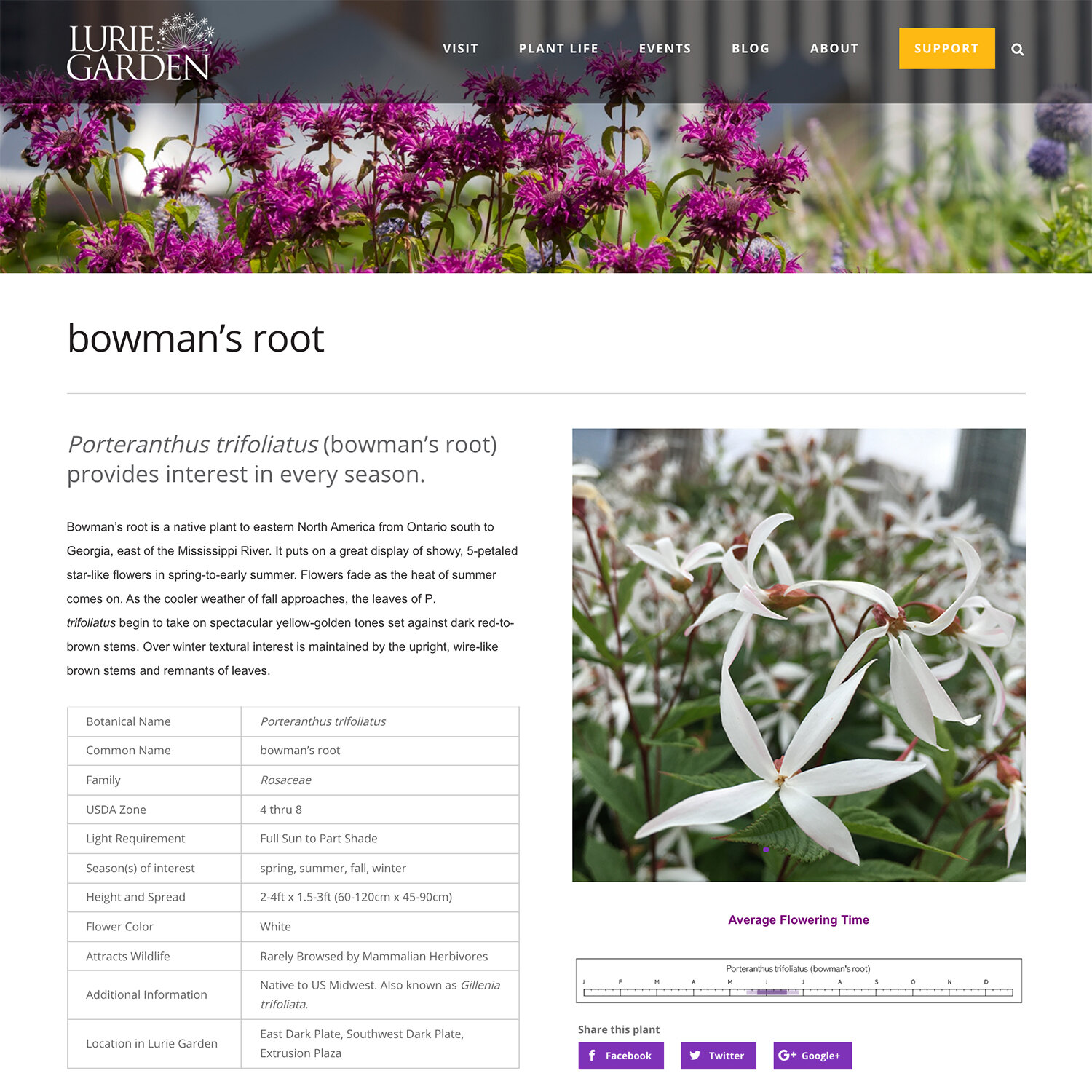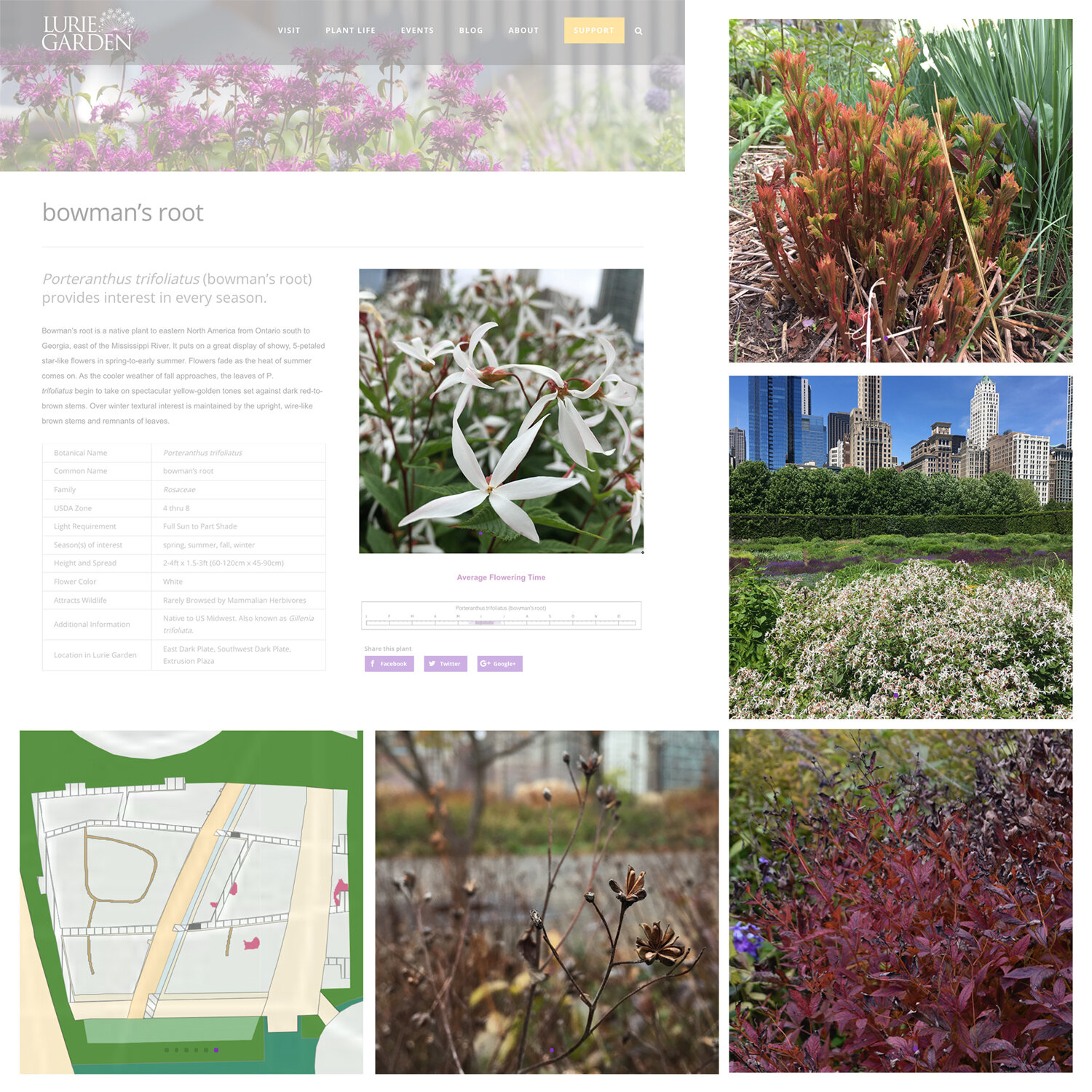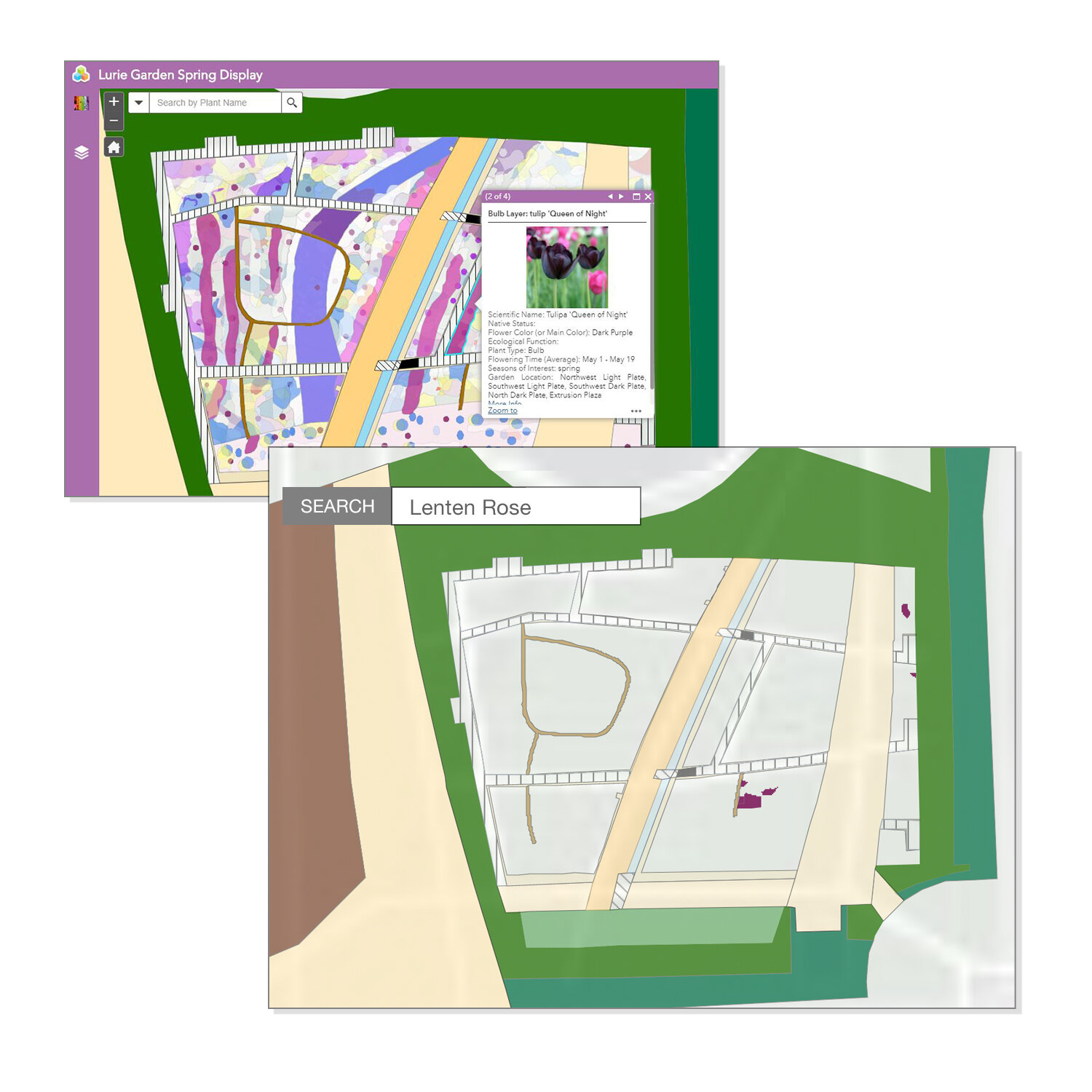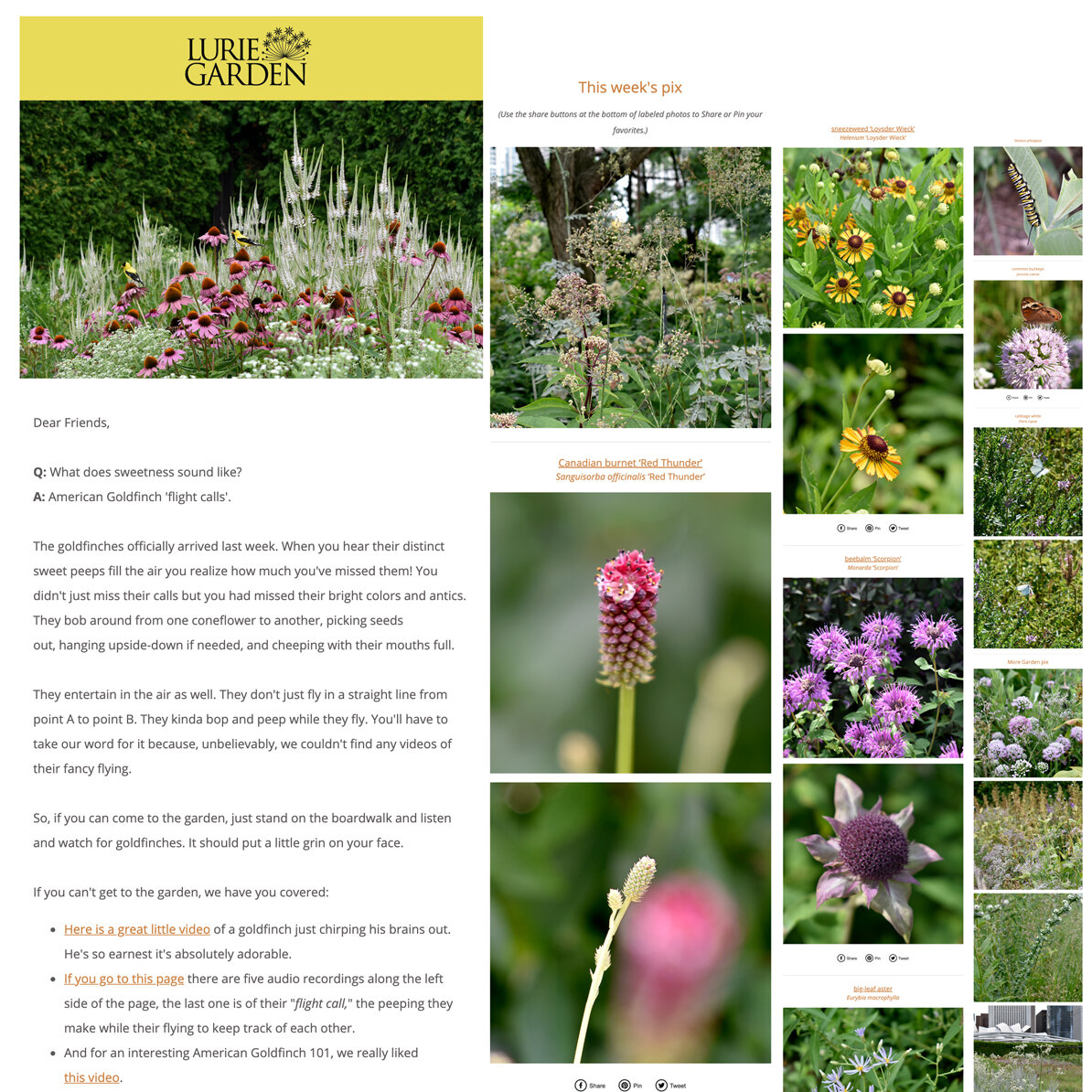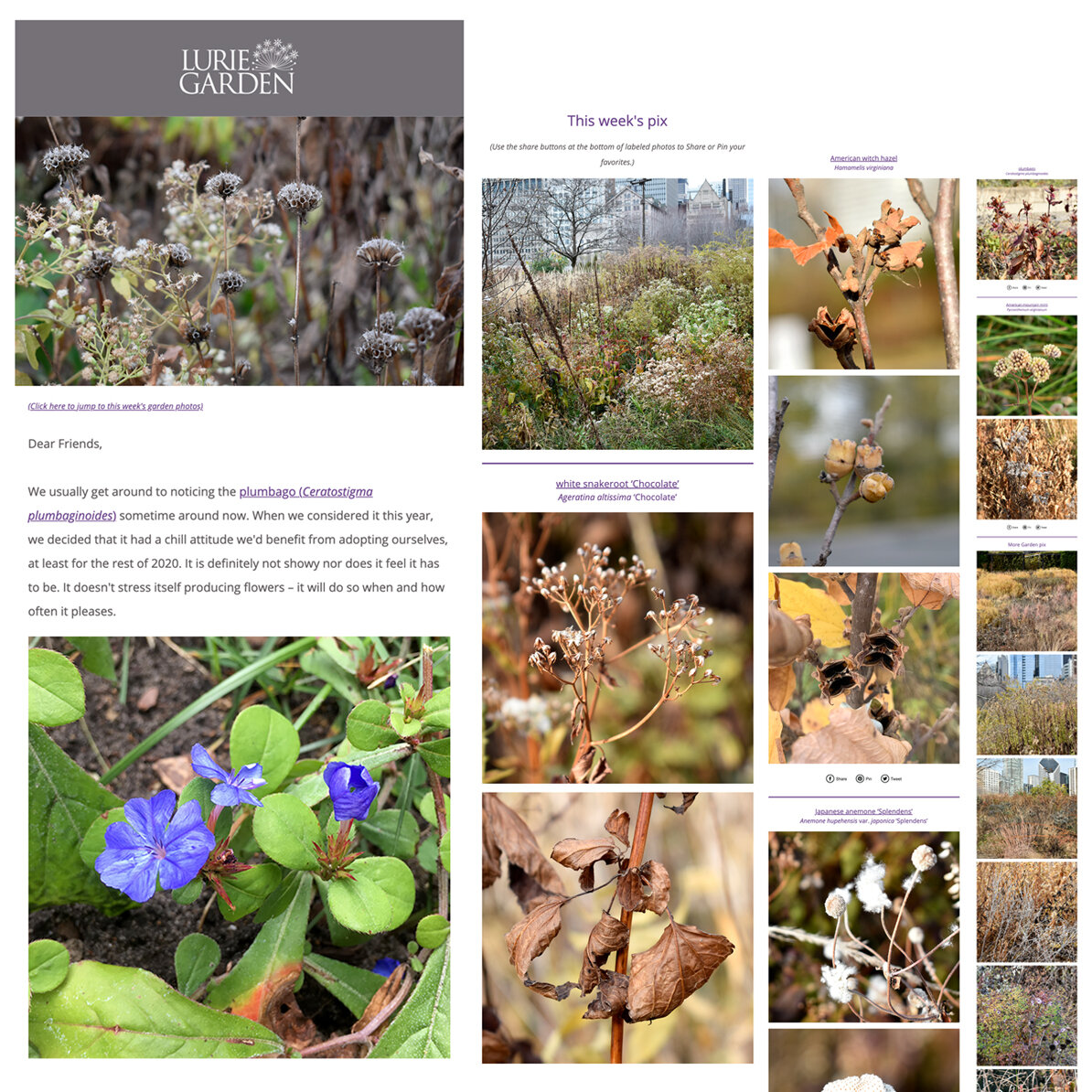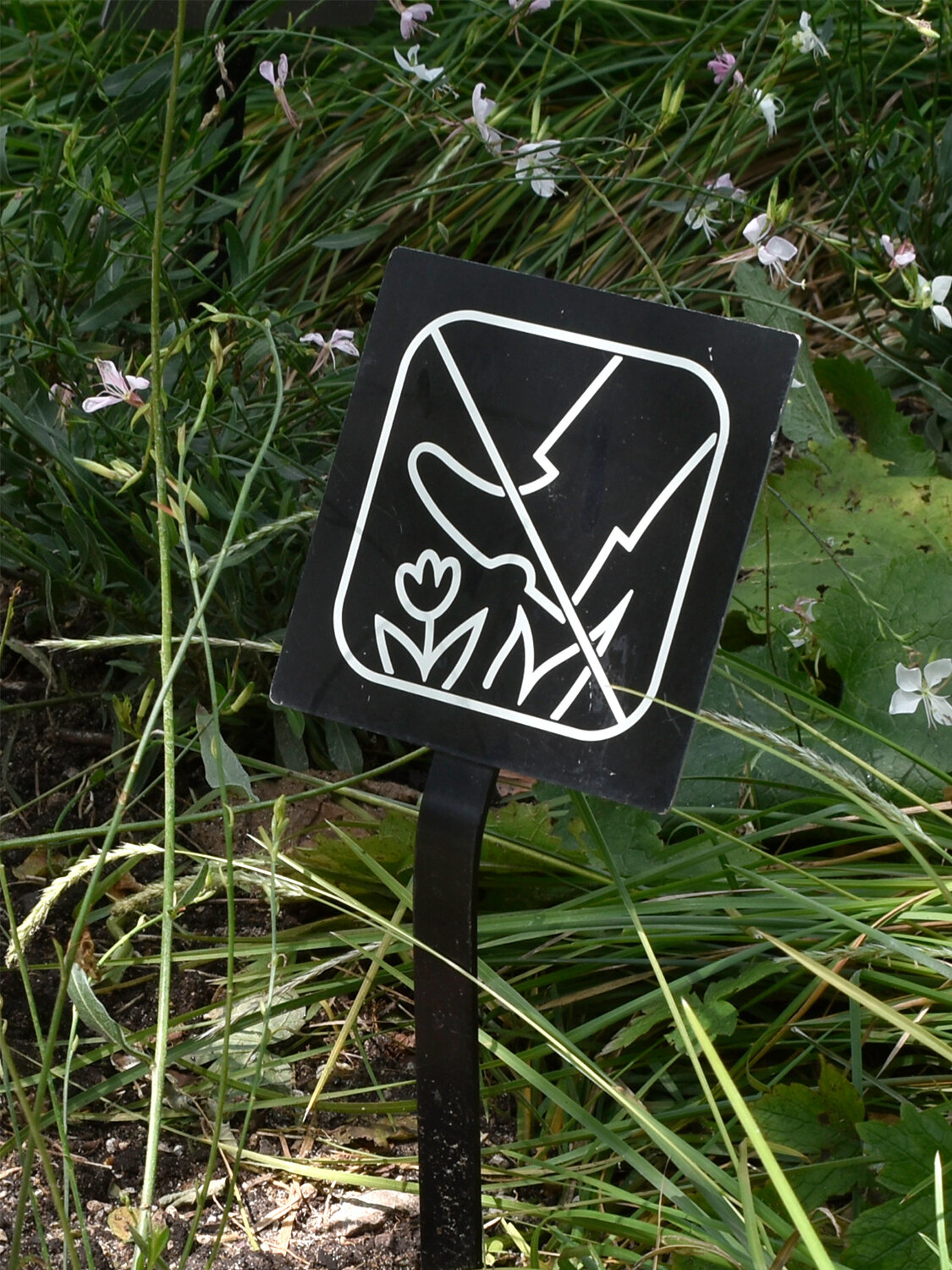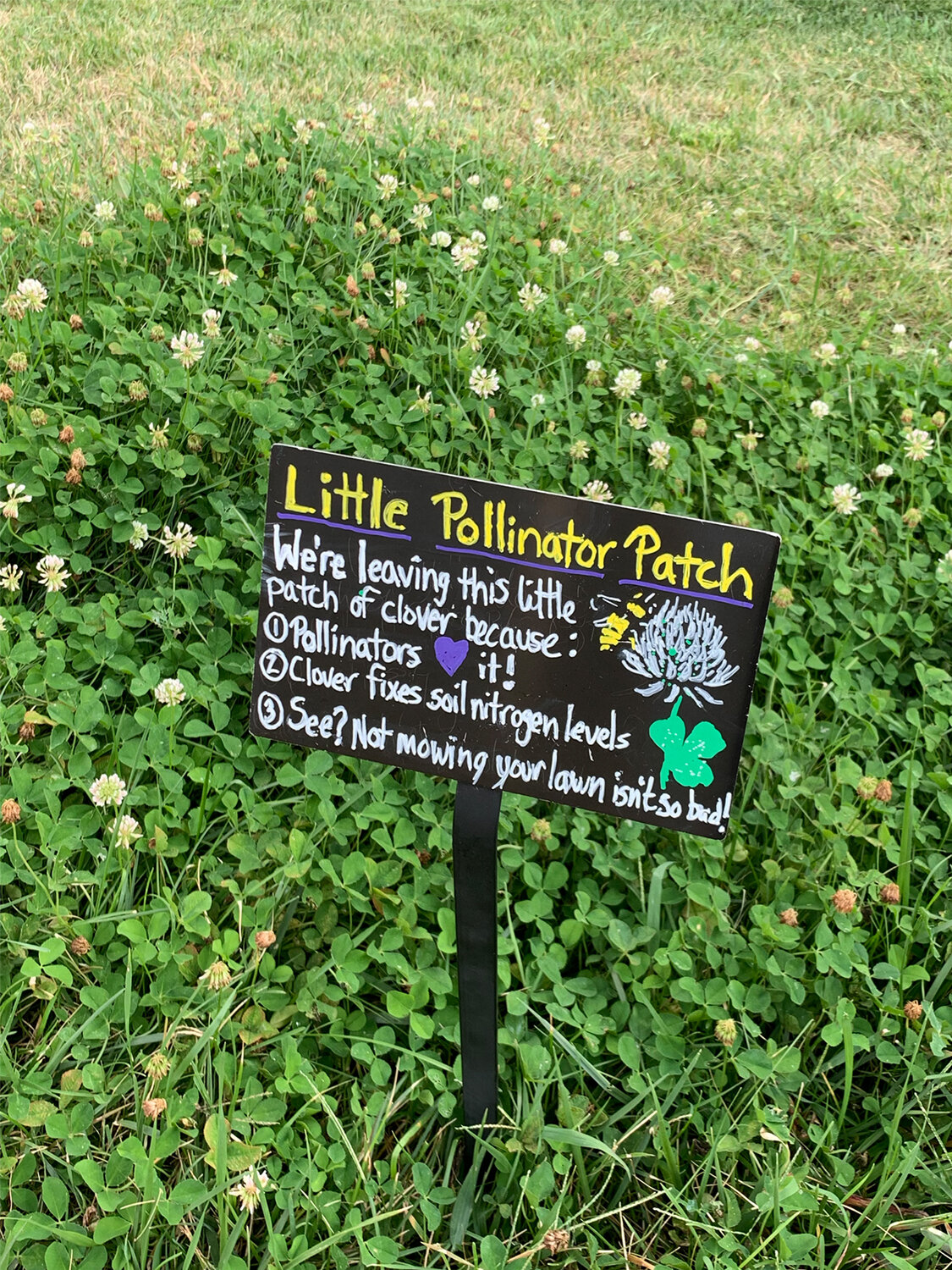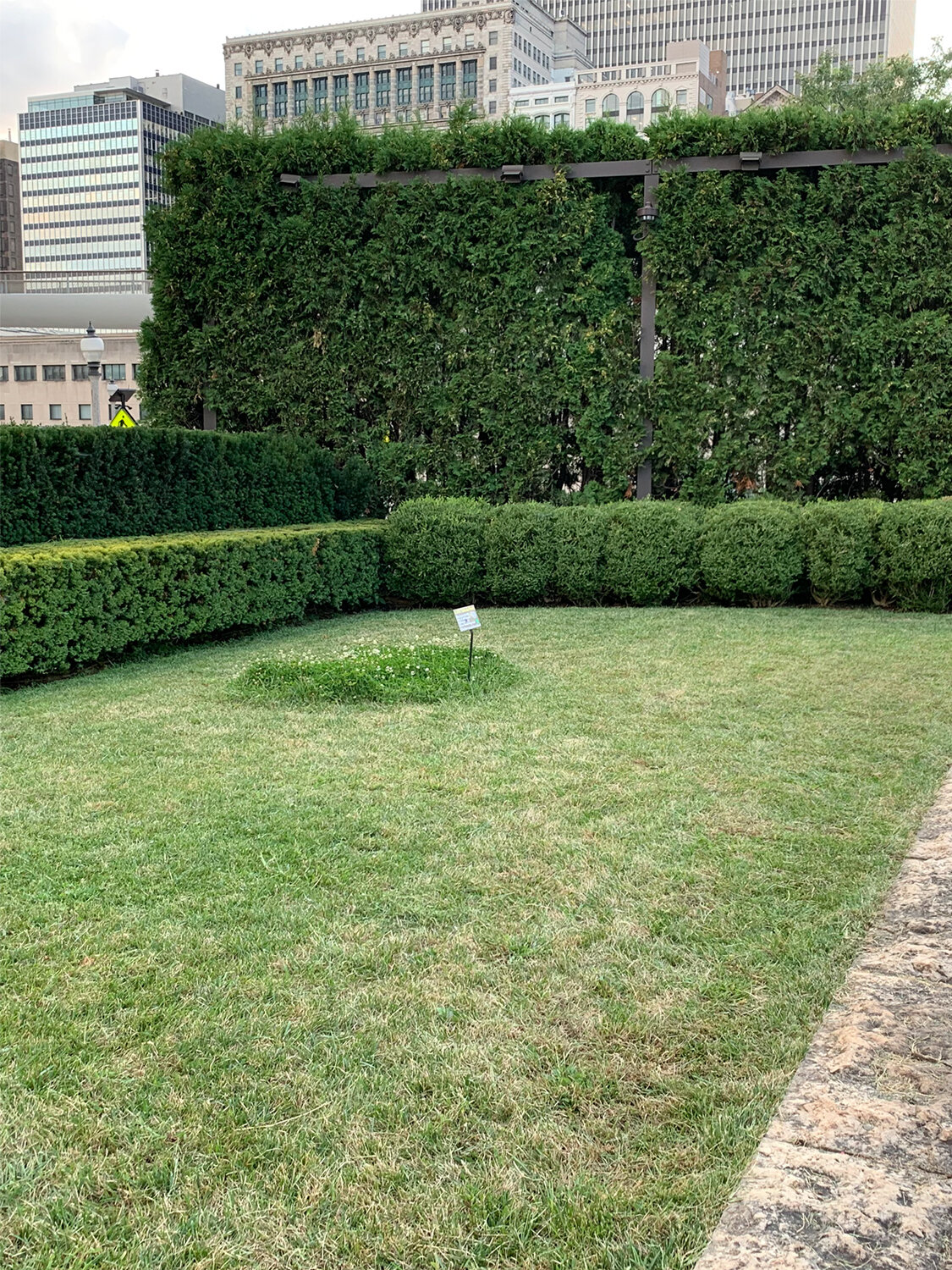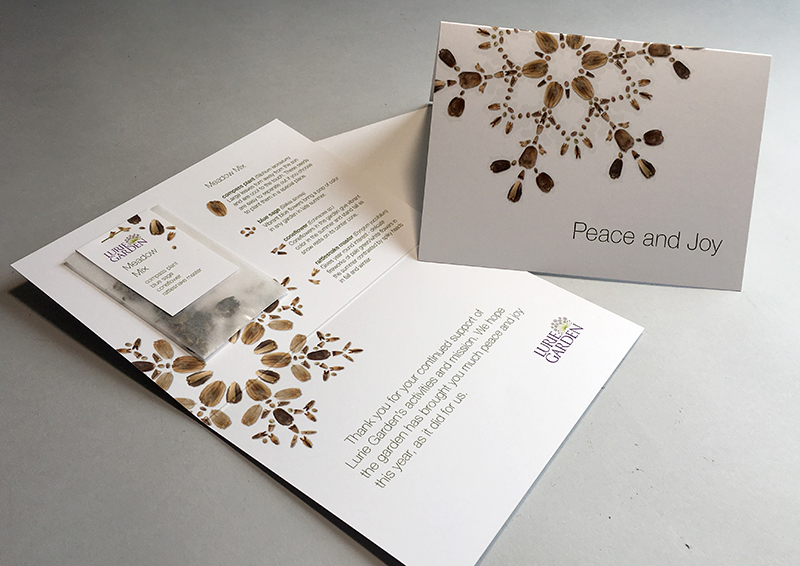Portfolio - Lurie Garden
I was the Marketing-Communications & Membership Manager at Lurie Garden in Chicago from 2015–2021. The mix of talented people I worked with made the experience transformative and rewarding. The garden grew in ecological value, industry influence, and community connection. Below is a collection of our activities and some of my contributions during my tenure.
(Please note that the garden has undergone dramatic changes since our time there. The garden is now under new management, organization, and staff. While very successful, most of the initiatives and programs seemed to have been discontinued.)
Collaborations and Community Engagement
We were always looking for opportunities to collaborate with our local and industry community. Partnerships were exciting ways to connect with others, create something new, share our platform, and create a deeper connection with those we cared about. I worked with many kinds of artists and writers to produce content, assets for promotion, or to lend our resources to those working on projects that aligned with our objectives.
Below: 1) Ruckus, an organization that teaches young adults how to create, market, and sell products, created a lip balm product with plant material for the garden 2) Partnership with a local landscape architect and the local community at Damen Court Apartments, located in West Chicago to create a naturalistic planting in the neighborhood. 3) Collaboration with Urban Initiatives, a group that works with inner-city youth came to the garden for yoga and time in nature. 4) UIC Heritage Garden connects horticulture with environmental sustainability, cultural diversity, and social justice. 5) Local artist, Sanya Glisic, created artwork for some of our recurring events. 6) Melissa Potter, Professor at Columbia University, used material from the garden for her classes and also created a documentary about this process. 7) Project Onward, a nonprofit art studio and gallery that supports Chicago visual artists living with mental and developmental disabilities attended many of our events and was invited to have a booth at our Urban Wild event. 7) We swapped plants and had work days at El Community Garden, located in southwest Chicago. 8) Windy City Harvest joined us to learn about Jacqueline van der Kloet’s new bulb design and helped plant the 80K bulbs for her new design.
Communications Philosphy
The way we communicated with our audience was our most powerful tool to create greater belonging and accessibility. We differentiated ourselves in the industry by deserting institutional/gatekeeping language, using humor, and being transparent about our knowledge limits. We used forward, community language whenever possible and worked to model our values. We aimed to use our spotlight to normalize diverse voices in science and to promote those organizations in our community who shared our interests.
Press
Media coverage highlights include features in PBS, The Guardian, Cultivating Place podcast, and the BBC, including Monty Don’s American Gardens series.
Before Monty Don’s visit, the order the gardens to be featured in his American Gardens series had been already been organized. We were thrilled when he told us that he enjoyed his visit so much he wanted to start the series with us!
During the pandemic, I directed the creation of beautiful video shorts of the garden for those who could not visit. PBS News Hour used B-roll from this project in a feature about the solace of gardening.
Events
Historically, the garden hosted small events. My experience with larger events helped the organization to rethink what was possible in size and how to present itself as a top-tier organization. I advocated for fewer but more focused events where our time would be spent on quality and continuing the relationship with the audience afterward. Industry panel discussions, film premieres, special member events, and large-scale lectures were some of the events I organized and produced.
Website and Plant finder
The garden’s plant finder, which I redesigned along with the website, has become admired industry-wide. When I approached the project, I wanted it to be beautiful, approachable at any level, heavily sortable, rich in features, and when a visitor was inspired to share a plant’s page on social media, it needed to look fabulous in their feeds.
It’s not just the quality of photos that people love about this plant finder. It seemed that if the plant finder was also content-rich there was an opportunity to create a deeper appreciation with the plants, keep visitors exploring the site, inspire page shares to their network, and engage with us.
The insight that people of all levels turned to public gardens to inform their own garden projects that informed our interface decisions. People visit the site as designers as well. They might be looking to find plants that make pink flowers, look good in the winter, or are native to the Chicago region. We invested heavily in tagging each plant by color, seasons of interest, nativity, and others, to allow the visitor to customize their experience.
The plant finder became a passion project for the horticulture staff and me, each adding elements we personally found interesting. For example, one of the horticulturalists had been working on making a searchable map of the garden, so we added a beta version to the site. I loved documenting the plants at each growing stage so as I collected photos, I added them to the website.
Newsletters
The garden was closed to visitors and the majority of the staff was furloughed during coronavirus. We knew that people were stressed and not only would our visitors be missing the garden, but some would also be locked up in their homes, possibly stressed and lonely, for months. I started a weekly-ish newsletter with a short message about nature currently in the garden and packed with photos I took during the week to not only bring the garden to subscribers but also just to say hi. It was also critical that this email asked for nothing - its intended purpose was to give an earnest moment of reprieve from the world.
The series was very popular. Open rates were consistently over 30% and forwards were in the hundreds. Members of the press who had been on our mailing list wrote about the series, encouraging people to join.
Each week I would get a flood of replies from recipients. Some were just a “Thank you”, but many often said how they shared it with friends and family every week. We responded to everyone, answered questions, and commented on the personal photos and updates they sent to us.
You can see most past issues here or click on a few below.
Signage
Improvement of the look, consistency, and clarity of the signage around the garden was a priority. I worked with local designers and artists to create signage and motifs that were memorable and could be used in a variety of communications.
I worked with a local designer to create a clear system of icons to help explain the limitations of the space as the rules were more specialized than the rest of the park and we had not been able to control how visitors were informed about what was permissible. Local organizations have since adopted some of the icons created.
For events that were a larger investment and were open to drop-ins, I worked with a local artist to create motifs that would act as the branding for that event for a number of years but was heavily customizable and found be used in other formats. For example, elements of the artwork for the Urban Wild event were used not only for signage and promotion but were also used for a new labeling system for the honey harvested each year.
During the pandemic, our budget and docents were cut and our staff was significantly decreased. There was a new need for signage as there was no staff to interact with visitors and the type of visitors and their needs were different. It was still very important to us that we continue to engage with our audience in a time in which we felt was when we were needed most.
Plant identification, a consistent puzzle in the naturalistically planted garden. I moved to make plant identification more virtual while encouraging people to share their experiences. I started to make a series of light-hearted miniature interactions through hand-drawn signage around the garden. These signs would encourage visitors to stop and interact with the garden.
Pressed Plant Prints
On a whim, I started pressing plants from the garden. I had also been looking for a way to affordably increase the value of membership. I scanned the plants I pressed and hired a local calligrapher for name lettering to create prints that were given as gifts for members, guests, and industry friends. I had blanks printed to create a premium gift of an actual pressed plant from the garden at practically no cost.
Plant Identification
What started out as an ambitious way to teach our docents how to identify the plants, turned into a very useful presentation tool and donation and relationship incentive. the volunteer manager had been using “bloom sheets”, letter-sized pages with about 40 plant images on them, to help the docents with plant identification.
I had been determined to get photos of every plant we had, and now they would be put to good use. I designed a system of plant cards with information the docents may need on hand. Each plant got a card, like a baseball player would. The docents received binders and plastic sheets where they could arrange the cards as they liked - by season, latin name, type, color, common name, etc.
The resulting document I sent to the printer proved to be useful for exclusive tours and speaking events. Ultimately the ‘cards’ could easily be sorted and arranged in a grid to give as handouts - print or digital - that would help the tour or presentation attendees could mark up and take home with them as a reminder of the plants covered.
Independent garden designers would find a such a card set very useful as a way to speak to their clients about projects and the plants that will be used. While it never came to fruition, there was an opportunity to have an industry-level donation tier where contractors and designers could receive a set of cards but also create and strengthen a relationship with the garden.
Holiday Cards
When I first joined the garden, it quickly became clear that its members had been feeling neglected and unappreciated. I wanted to send symbol of a renewed relationship, a special holiday card with a small gift, a small selection of seeds were sent. We started to send these cards yearly, mailed to all of our friends and partners. The series was so successful, we started to print a set that was blank inside so people could buy them.



